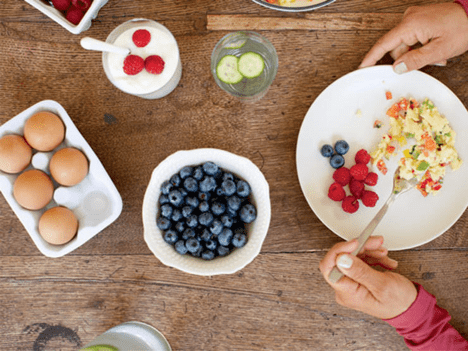
How Much Protein Do You Need?
New research suggests that many of us may need more protein than we realize. The current RDA is 0.8 g of protein per kilogram of body weight, but several studies have found that 1 to 1.2 g may be more protective against age-related muscle loss.
Use this formula from Caroline Apovian, MD, to determine the minimum amount of protein you should eat daily to offset muscle loss – and protect your metabolism – while you lose weight.
Step 1
Estimate your ideal weight. “If you’re a woman, start with 48 kilograms for the first 5 feet in height, and add 2.2 kilograms for every extra inch,” says Dr. Apovian. “For men, it’s 52 kilograms for 5 feet in height, plus 3 kilograms for every additional inch. However, if your ideal weight is less than 55 kilograms, don’t eat less than 82 g of protein daily.”
Step 2
Ideal Weight (in kg) x 1.5 = Daily Protein Goal (in g) Now that you know how much you need, check out these metabolism-boosting protein-packed foods.
Protein Content: 2g per half avocado
The protein in this fruit contains all 9 essential amino acids, plus heart-healthy omega-3 fatty acids.
Protein Content: 6-7g per oz; 9-10g per cup
Go for low-fat options – they generally contain more protein than fattier alternatives. (Can’t do dairy? As us for great alternatives!)
Protein Content: 15g per 1/2 cup
Its nougat-like texture makes tempeh a smart stand-in for meat. Saute, or crumble cooked tempeh over salads.
Protein Content: 4g per 1 cup (chopped)
This tasty veggie is a nutrient powerhouse. Enjoy it steamed or grilled, or toss chopped spears into salads.
Protein Content: 7-9g per 1/2 cup (cooked)
Pair dried beans (think black beans, chickpeas, and lentils) with rice or quinoa for a complete-protein meal.
Protein Content: 18g per 6 oz
This thick and creamy treat packs nearly twice as much protein as other dairy sources; it’s great with fruit.
Protein Content: 4-6g per 2 Tbsp
A small handful of walnuts or almonds is great as a snack, mixed into yogurt or oatmeal, or on a salad.
Protein Content: 8.5g per 1/2 cup (shelled)
A single serving packs nearly every trace mineral your body needs, including iron, magnesium, and zinc.
Protein Content: 24g per 1 oz
Add a scoop to smoothies or water for a quick protein hit. Avoiding animal products? Try soy protein powder.
Protein Content: 5g per 1 cup (cooked)
Of all the leafy greens, spinach boasts the highest protein content. Try it sauteed with a bit of garlic.
Protein Content: 12g per 3 oz
Made from soybeans, this low-cal, versatile protein will take on any flavor, from Asian to barbecue.
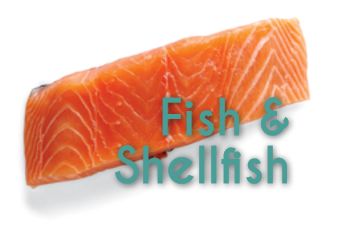
Whether it’s salmon, halibut, or tuna, seafood is a great catch. Aim for 3 to 5 servings a week.
Protein Content: 5-9g per 1 cup (cooked)
These hearty, grain-like seeds (quinoa, amaranth, and buckwheat) have more protein than traditional grains.
Protein Content: 12g per 2 eggs; 14g per 4 egg whites
However you prepare them, eggs and egg whites are smart fuel for muscles.
Protein Content: 28g per 4 ox
Family favorites like skinless chicken and pork make it easy to score plenty of protein at each meal.
Protein Content: 10g per 2 Tbsp
Great for soups and salads, these seeds have 8 of the 9 essential amino acids that build muscle.
Protein Content: 14g per 1/2 cup
Eating a scoop doesn’t mean you’re on a diet – it means you’re muscle savvy. Try adding it to smoothies.
Protein Content: 28g per 4 oz
Look for the absolute leanest cuts, like round roast or top sirloin. Try bison for a leaner red-meat alternative.

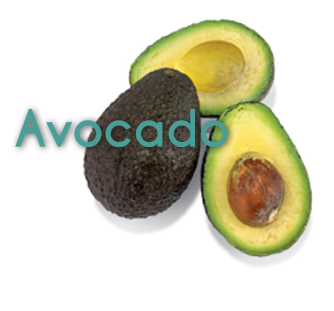
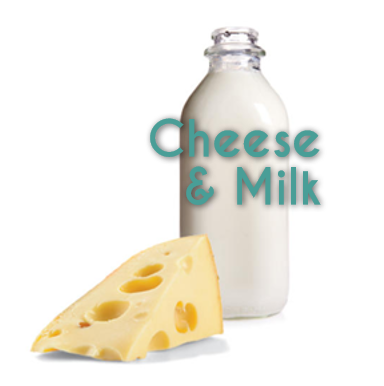
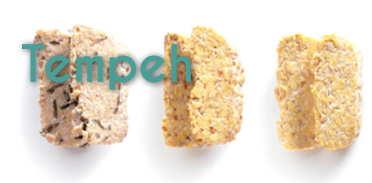
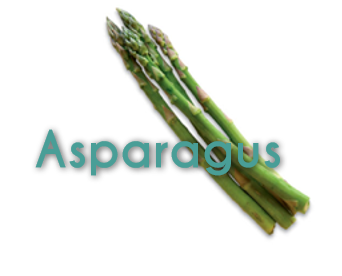
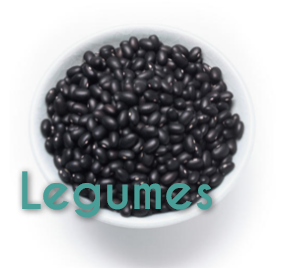

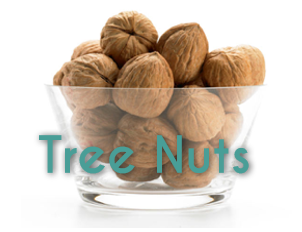
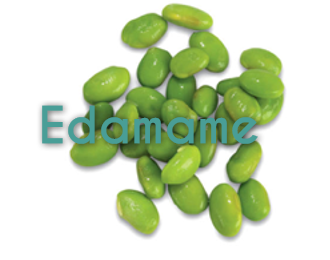
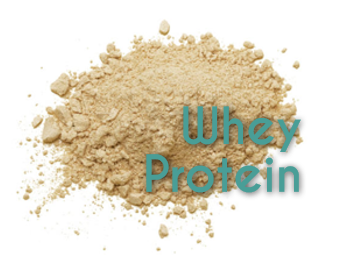

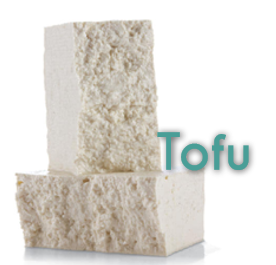
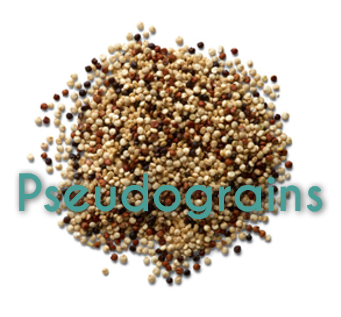

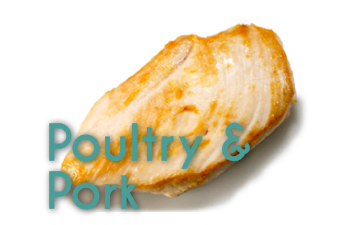
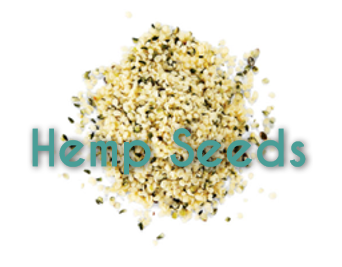
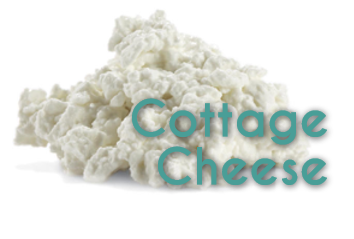
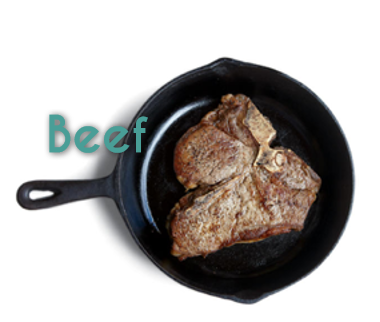

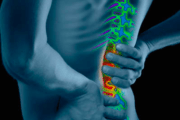






Comments